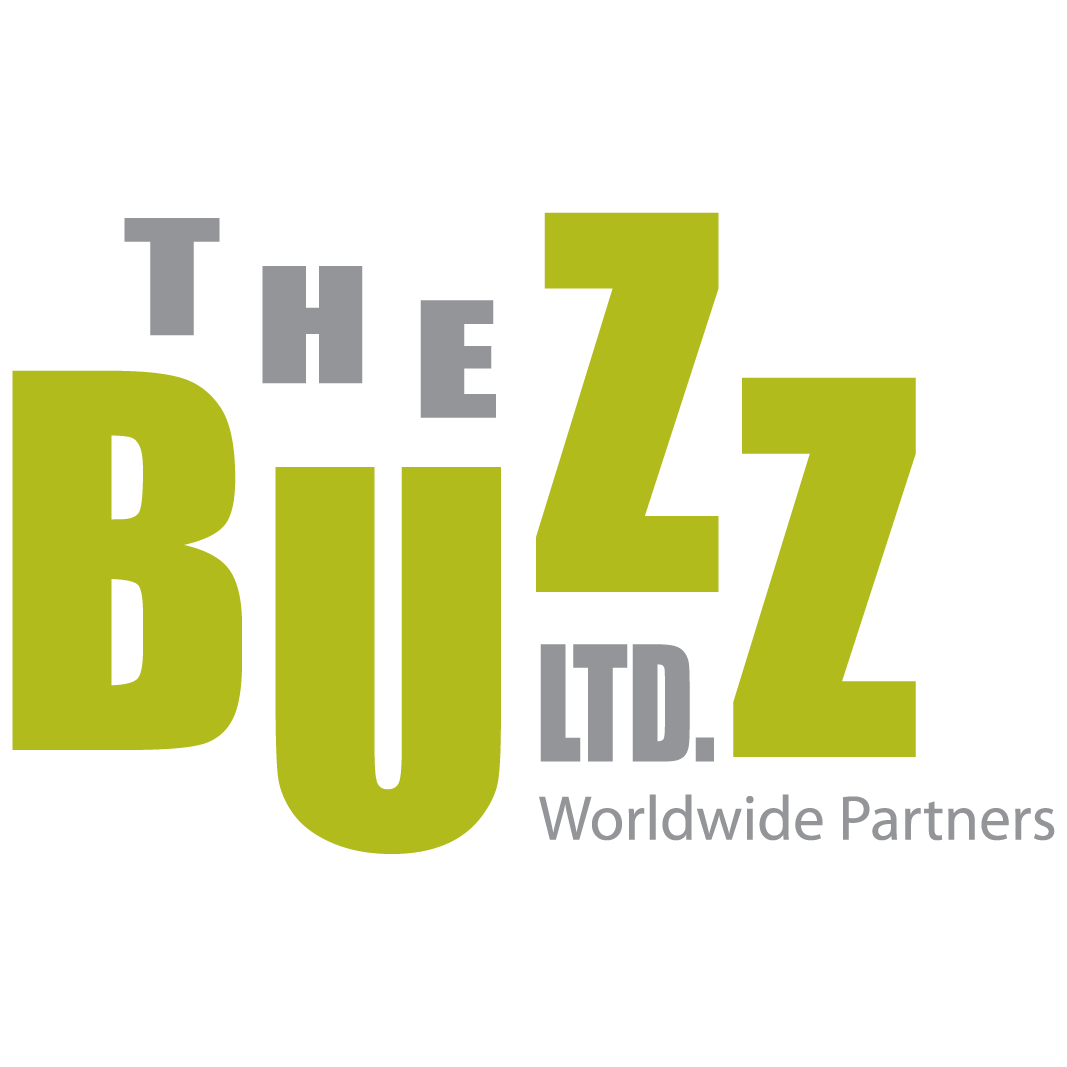
Is ‘Super-Mum’ An Advertising Super-myth?
We’ve come a long way from the days when products that helped with household chores were marketed solely to women. Far be it from the gentleman in the poster below to wear the cleanest shirts in town because he used his muscles to wash them himself, right?

But motherhood persists in modern culture and in advertising as an archetype for perfection; someone who is able to juggle a family with feeding said family with her cooking and baking, keeping a clean house AND earning a living.
The University of Sydney, Australia, confirms this in a recent article, stating that representations of motherhood in advertising have not changed in 60 years. Even though mothers are no longer being passively instructed by ads and are more likely to now be portrayed as intelligent and knowledgeable, much of their knowledge is confined to the domestic sphere. Even worse, their professional and personal lives are often portrayed as intertwined.
“Advertisements increasingly represented mothers as having to acquire more expertise and skills. However, this expertise is not shown as being used in the external world, instead it is used to professionalise their mothering and to use this knowledge primarily for family purposes,” the article concluded.
The simple truth is that mothers, for all they do, are human. And like most human beings, mothers are anything but one-dimensional. American author Eve Rodsky challenged the global advertising industry, asking, “How can we as caregivers start to believe that we can be more than our roles as parents, partners and professionals when advertising and entertainment only centre those identities?”
Blessing Adesiyan, the founder and CEO of Mother Honestly, has added to this discourse: “There are so many aspects to us. We are CEOs, C-level executives, business leaders and we just happen to be mothers.”
So how do advertisers heed these calls and shift the paradigms?
Show The Work: Mothers do often bear the brunt of child care and rearing. But how their sacrifices and daily actions contribute to the external world of success through their children often go unnoticed or are glossed over by ads. We love this TVC by P&G that shows how when mothers show up for their children, day after day, year after year, the years of plain old work are rewarded and acknowledged with tangible public success.
Speak To Reality: Maybe if media and advertising acknowledged that super-mum IS a super-myth, it would open up conversations and help women realise that they should not hold themselves to unrealistic standards. As Michelle Obama famously said in an interview with Oprah, “You can have it all … just not all at the same time.” It’s not something that clients like to hear, but sometimes resonating with people’s pain is more effective that forcing them to aspire to the unattainable. It’s one of the reasons why Dove’s TVC highlighting the reality of the postpartum experience exploded over the internet two years ago.
Beware Of The Single Story: Take in this TED Talk by Chimamanda Adichie about the dangers of focusing on one, linear narrative: equally as dangerous for gender stereotypes as it is for the racially-based examples that the African author gives. We’re an industry full of creatives; let us imagine different stories and challenge our clients to set new trends in portraying motherhood. For example, The Buzz proposed a Mother’s Day contest for our client Dairy Dairy back in 2022. Was the prize yet another kitchen appliance? Nope. We proposed that the winning mums get a Girlfriends Getaway and shopping sprees — without their spouse and children in tow. Mums have lives beyond their families; let’s celebrate and support them!


Do you have any ideas about how we can get motherhood right in advertising?






